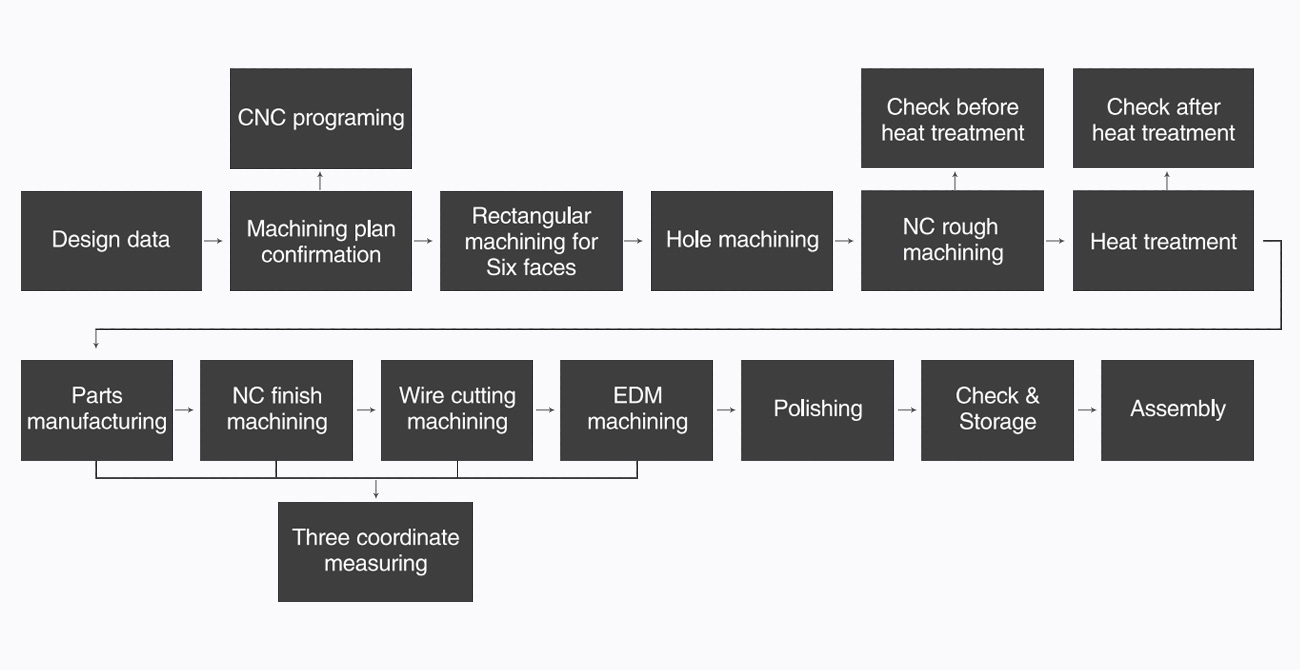What is the Automotive Engine Cover Die Casting Moul
The automotive engine cover die casting mold is a tool used in the manufacturing process of automotive engine covers using a process called die casting. Die casting is a manufacturing process in which molten metal is injected under high pressure into a mold cavity. The mold is typically made of two halves that are clamped together and then opened to eject the solidified part after cooling.
The engine cover is a component that sits on top of the engine block and helps protect it from dust, debris, and other contaminants. The die casting mold used to manufacture engine covers is typically made of steel or other durable materials, and it is designed to create the desired shape and features of the engine cover. The mold is machined to precise tolerances, and the molten metal is injected into the mold cavity at high pressure to ensure that the final product is accurate and free from defects.
The automotive engine cover die casting mold is an essential tool in the production of engine covers, and it allows for the efficient and cost-effective manufacturing of high-quality engine covers in large quantities.
Advantage of Automotive Engine Cover Die Casting Moul
There are several advantages of using die casting for automotive engine cover production:
Precision and accuracy: Die casting offers excellent precision and accuracy in the production of engine covers. The molds used for die casting are designed to produce parts with very tight tolerances, ensuring that each cover is uniform in size and shape.
Strength and durability: Engine covers made through die casting are strong and durable, as they are made from high-strength metals such as aluminum and magnesium. This makes them resistant to heat, corrosion, and wear and tear.
Lightweight: Engine covers made through die casting are lightweight, which helps to reduce the overall weight of the vehicle. This can improve fuel efficiency and reduce emissions.
Cost-effective: Die casting is a cost-effective way of producing engine covers, as it allows for high-volume production with minimal waste. This makes it a popular choice for automotive manufacturers.
Versatility: Die casting allows for the production of complex shapes and designs, which can be difficult to achieve through other manufacturing processes. This means that engine covers can be designed to fit specific vehicle models and meet the needs of different markets.
Application field of Automotive Engine Cover Die Casting Moul
The automotive engine cover is an important component that protects the engine from external elements and provides a sleek appearance to the engine compartment. Die casting is a popular manufacturing process used to produce automotive engine covers due to its ability to create complex shapes and thin walls with high accuracy and repeatability.
The application field of automotive engine cover die casting molds is in the automotive industry, where they are used to produce engine covers for various types of vehicles, including passenger cars, trucks, and buses. These molds are designed to meet the specific requirements of the automotive industry, including high-quality surface finishes, tight tolerances, and the ability to produce large quantities of parts quickly and efficiently.
Additionally, the automotive engine cover die casting molds are also used in the production of other automotive components, such as transmission cases, suspension parts, and brake components. These molds play a crucial role in ensuring the performance, durability, and reliability of the final product, which is essential in the automotive industry.
 EN
EN 























